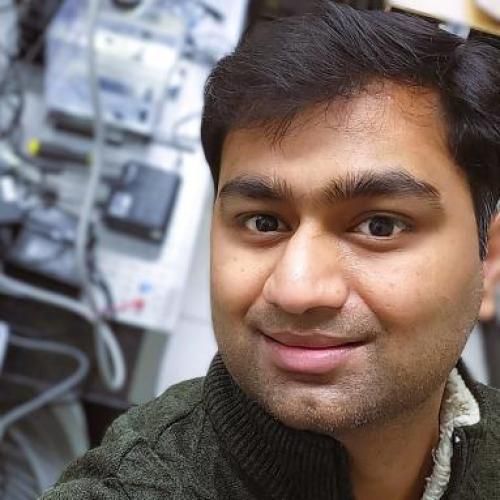
In vitro investigation of stone ablation efficiency, char formation, spark generation, and damage mechanism produced by thulium fiber laser.
To investigate stone ablation characteristics of thulium fiber laser (TFL), BegoStone phantoms were spot-treated in water at various fiber tip-to-stone standoff distances (SDs, 0.5 ~ 2 mm) over a broad range of pulse energy (Ep, 0.2 ~ 2 J), frequency (F, 5 ~ 150 Hz), and power (P, 10 ~ 30 W) settings. In general, the ablation speed (mm3/s) in BegoStone decreased with SD and increased with Ep, reaching a peak around 0.8 ~ 1.0 J. Additional experiments with calcium phosphate (CaP), uric acid (UA), and calcium oxalate monohydrate (COM) stones were conducted under two distinctly different settings: 0.2 J/100 Hz and 0.8 J/12 Hz. The concomitant bubble dynamics, spark generation and pressure transients were analyzed. Higher ablation speeds were consistently produced at 0.8 J/12 Hz than at 0.2 J/100 Hz, with CaP stones most difficult yet COM and UA stones easier to ablate. Charring was mostly observed in CaP stones at 0.2 J/100 Hz, accompanied by strong spark-generation, explosive combustion, and diminished pressure transients, but not at 0.8 J/12 Hz. By treating stones in parallel fiber orientation and leveraging the proximity effect of a ureteroscope, the contribution of bubble collapse to stone ablation was found to be substantial (16% ~ 59%) at 0.8 J/12 Hz, but not at 0.2 J/100 Hz. Overall, TFL ablation efficiency is significantly better at high Ep/low F setting, attributable to increased cavitation damage with less char formation.
Duke Scholars
Altmetric Attention Stats
Dimensions Citation Stats
Published In
DOI
EISSN
Publication Date
Volume
Issue
Start / End Page
Location
Related Subject Headings
- Urinary Calculi
- Thulium
- Lithotripsy, Laser
- Lasers, Solid-State
- Laser Therapy
- Humans
- Calcium Oxalate
Citation

Published In
DOI
EISSN
Publication Date
Volume
Issue
Start / End Page
Location
Related Subject Headings
- Urinary Calculi
- Thulium
- Lithotripsy, Laser
- Lasers, Solid-State
- Laser Therapy
- Humans
- Calcium Oxalate







